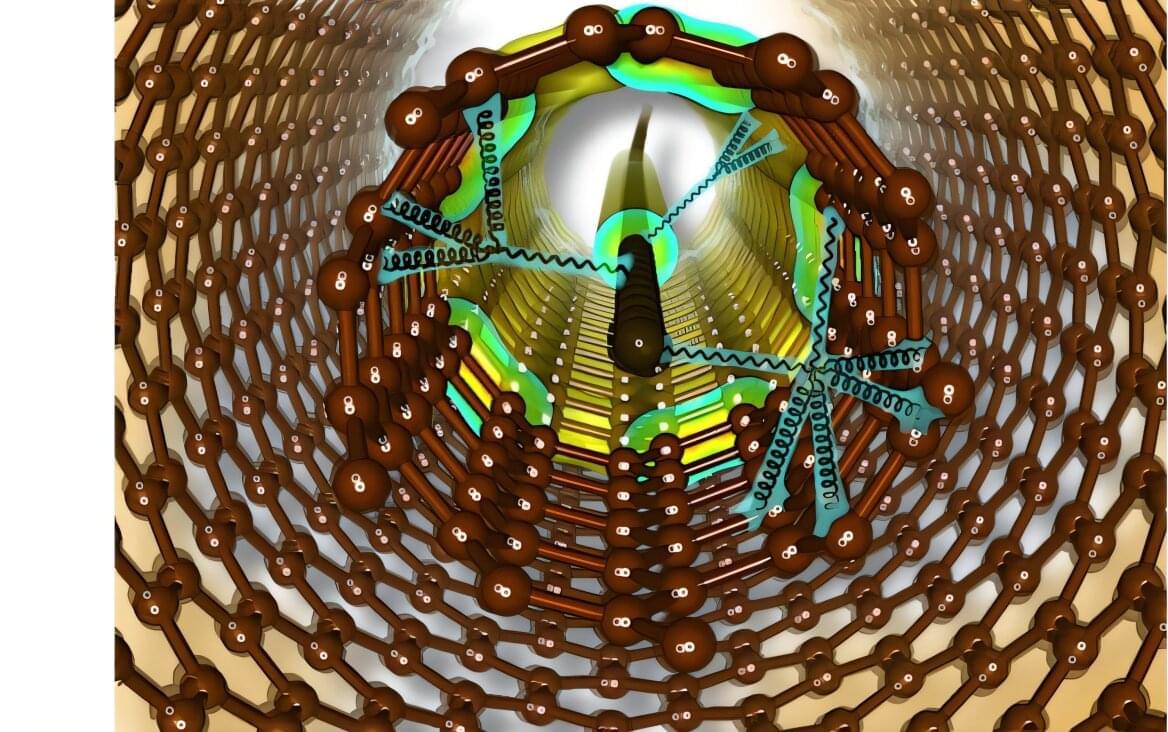The universe speaks in mathematics, yet we experience it in poetry. This fundamental paradox — that objective quantities somehow give rise to subjective qualities — represents perhaps the most profound mystery in the architecture of consciousness. At the precise intersection where measurable physical magnitudes transform into felt experience lies perception itself, functioning as the universe’s most elegant translation device, converting the quantitative substrate of reality into the qualitative texture of conscious life.
Consider the photon, that discrete packet of electromagnetic energy oscillating at precisely 550 nanometers. Physics describes it with mathematical precision: wavelength, frequency, amplitude — pure quantity divorced from any subjective dimension. Yet when this photon encounters the rhodopsin molecules within our retinal cells, something extraordinary occurs. The quantitative description remains accurate but suddenly insufficient. The same electromagnetic radiation that physics measures as wavelength 550nm becomes, through the alchemy of perception, the irreducible experience we call “green.” This transformation represents not merely a change in descriptive language but a fundamental ontological shift — the emergence of an entirely new category of being.
Maurice Merleau-Ponty recognized this threshold when he observed that “the body is our general medium for having a world” (Merleau-Ponty, 1945/2012, p. 147). The lived body serves as the crucial mediator between the quantitative realm that physics describes and the qualitative realm that consciousness inhabits. Through our sensorimotor engagement with the world, objective magnitudes undergo a metamorphosis into subjective meanings. The body is not merely a receiver of information but an active participant in the creation of experiential reality itself.








